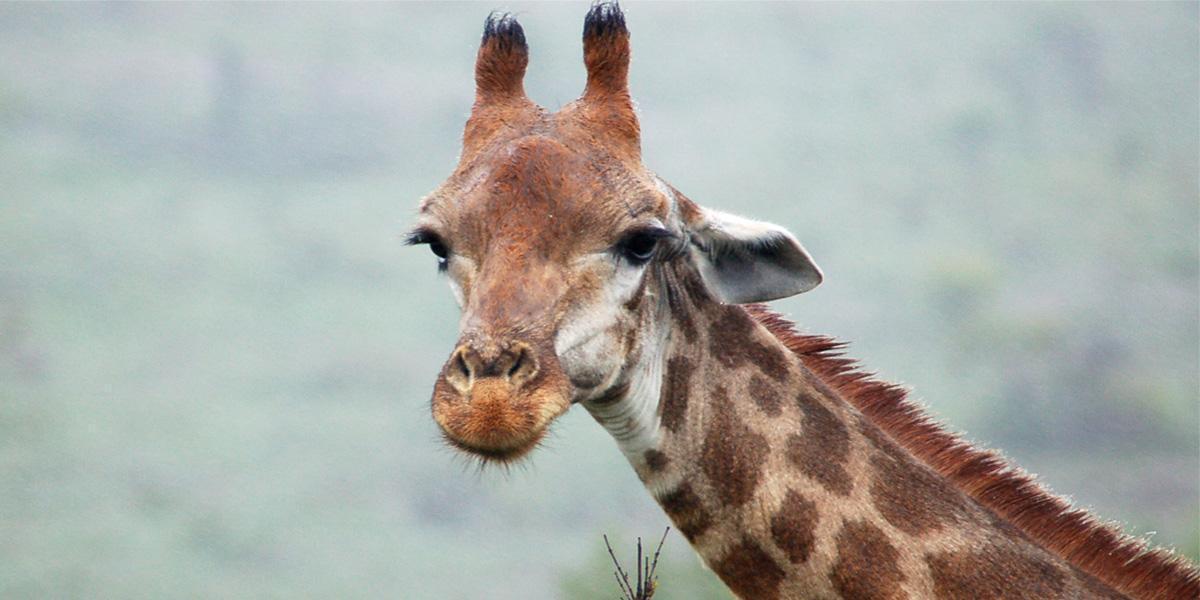

In response to recent scientific consensus on giraffes‘ vulnerability to extinction, five wildlife protection groups today petitioned the U.S. Fish and Wildlife Service to protect Earth’s tallest land animal under the U.S. Endangered Species Act.
The legal petition, filed by the Center for Biological Diversity, Humane Society International, The Humane Society of the United States, International Fund for Animal Welfare and Natural Resources Defense Council, seeks “endangered” status for the species. Facing mounting threats from habitat loss, hunting for meat and the international trade in bone carvings and trophies, Africa’s giraffe population has plunged almost 40 percent in the past 30 years and now stands at just more than 97,000 individuals.
“Giraffes have been dying off silently for decades, and now we have to act quickly before they disappear forever,” said Tanya Sanerib, a senior attorney at the Center for Biological Diversity. “There are now fewer giraffes than elephants in Africa. It’s time for the United States to step up and protect these extraordinary creatures.”
New research recently prompted the International Union for the Conservation of Nature to elevate the threat level of giraffes from “least concern” to “vulnerable” on its “Red List of Threatened Species.” Yet giraffes have no protection under U.S. law. Species designated as “endangered” under the U.S. Endangered Species Act receive strict protections, including a ban on most imports and sales. The U.S. plays a major role in the giraffe trade, importing more than 21,400 bone carvings, 3,000 skin pieces and 3,700 hunting trophies over the past decade. Limiting U.S. import and trade will give giraffes important protections.
“Previously, the public was largely unaware that trophy hunters were targeting these majestic animals for trophies and selfies. In the past few years, several gruesome images of trophy hunters next to slain giraffe bodies have caused outrage, bringing this senseless killing to light,” said Masha Kalinina, international trade policy specialist with the wildlife department of Humane Society International.
“Currently, no U.S. or international law protects giraffes against overexploitation for trade. It is clearly time to change this. As the largest importer of trophies in the world, the role of the United States in the decline of this species is undeniable, and we must do our part to protect these animals.”
Known for their six-foot-long necks, distinctive patterning and long eyelashes, giraffes have captured the human imagination for centuries. New research recently revealed that they live in complex societies, much like elephants, and have unique physiological traits, including the highest blood pressure of any land mammal.
“I was lucky enough to study giraffes in the wild in Kenya many years ago. Back then, they seemed plentiful, and we all just assumed that it would stay that way,” said Jeff Flocken, North American regional director for the International Fund for Animal Welfare.
“Giraffes are facing a crisis. We cannot let these amazing, regal and unique creatures go extinct—it would be a dramatic loss of diversity and beauty for our planet. This listing petition is rallying the world to help save the giraffe.”
The IUCN currently recognizes one species of giraffes and nine subspecies: West African, Kordofan, Nubian, reticulated, Masai, Thornicroft’s, Rothchild’s, Angolan and South African. Today’s petition seeks an endangered listing for the whole species.
“I can’t—and won’t—imagine Africa’s landscape without giraffes,” said Elly Pepper, deputy director of NRDC’s wildlife trade initiative.
“Losing one of the continent’s iconic species would be an absolute travesty. Giving giraffes Endangered Species Act protections would be a giant step in the fight to save them from extinction.”
The Fish and Wildlife Service has 90 days to review and respond to the petition and determine whether a listing may be warranted.

 233k
233k  41k
41k  Subscribe
Subscribe 